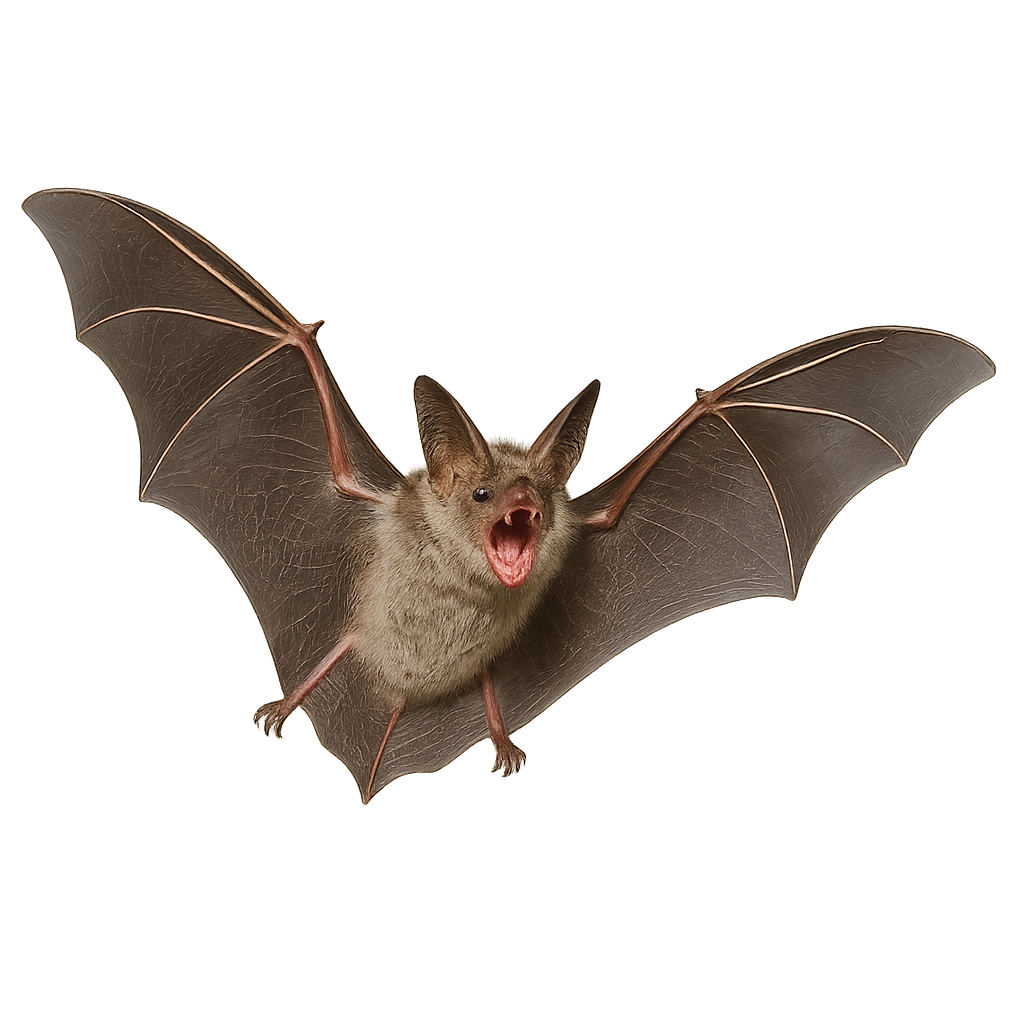Your wildlife photography guide.
Explore the greater mouse-eared bat in detail, study its behavior, prepare your shots.
Where to observe and photograph the greater mouse-eared bat in the wild
Learn where and when to spot the greater mouse-eared bat in the wild, how to identify the species based on distinctive features, and what natural environments it inhabits. The WildlifePhotographer app offers tailored photography tips that reflect the greater mouse-eared bat’s behavior, helping you capture better wildlife images. Explore the full species profile for key information including description, habitat, active periods, and approach techniques.
Greater mouse-eared bat
Scientific name: Myotis myotis

IUCN Status: Least Concern
Family: VESPERTILIONIDAE
Group: Mammals
Sensitivity to human approach: Very shy
Minimum approach distance: 10 m
Rut period: April to May
Gestation: 40-60 jours
Births: June to July
Habitat:
Caves, mines and abandoned buildings
Activity period :
Mainly active at night, generally discreet during the day.
Identification and description:
The greater mouse-eared bat is a medium-sized bat, 7–9 cm in body length, with a 35–43 cm wingspan and weighing 20–40 g. Uniform grey-brown fur, long rounded ears. A cave-dwelling species, forages on the ground and in low flight for beetles and other invertebrates.
Recommended lens:
300 mm – adjust based on distance, desired framing (portrait or habitat), and approach conditions.
Photography tips:
Set up at the roost entrance, use long exposures and soft lighting to capture flying silhouettes, remaining silent and still to avoid disturbance.
The WildlifePhotographer App is coming soon!
Be the first to explore the best nature spots, track rutting seasons, log your observations, and observe more wildlife.
Already 1 431 wildlife lovers subscribed worldwide

